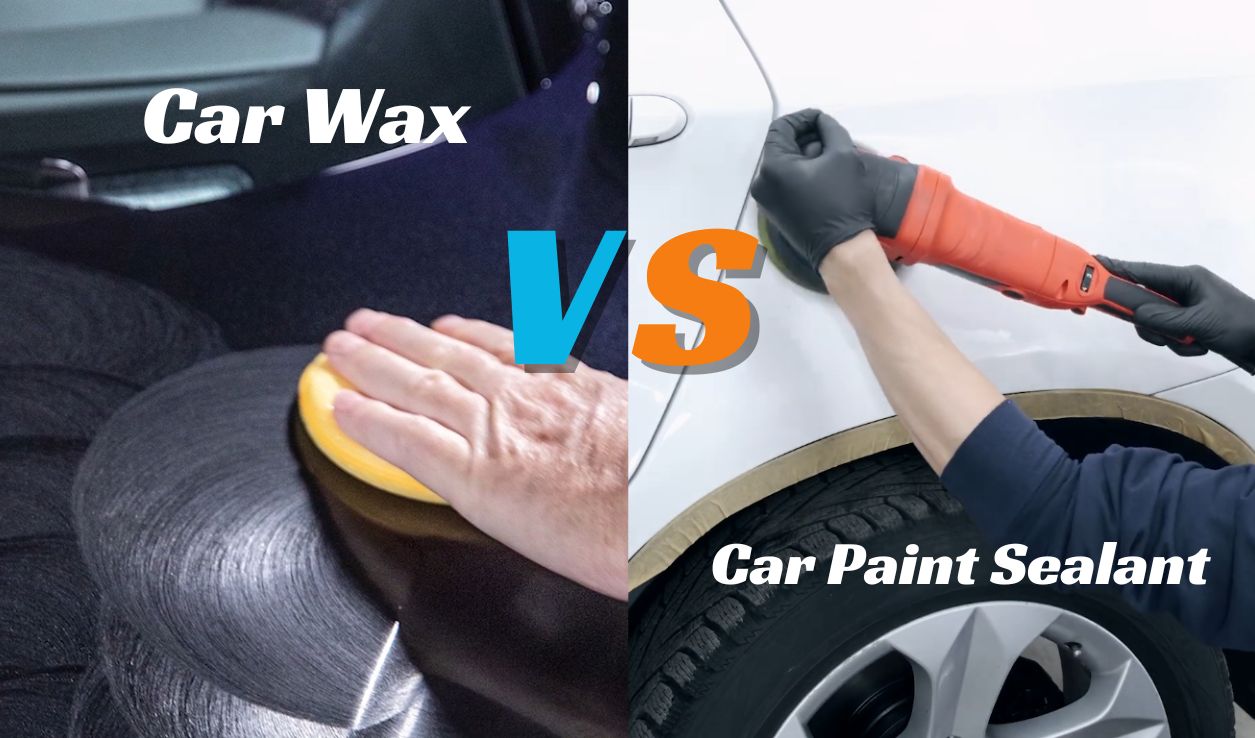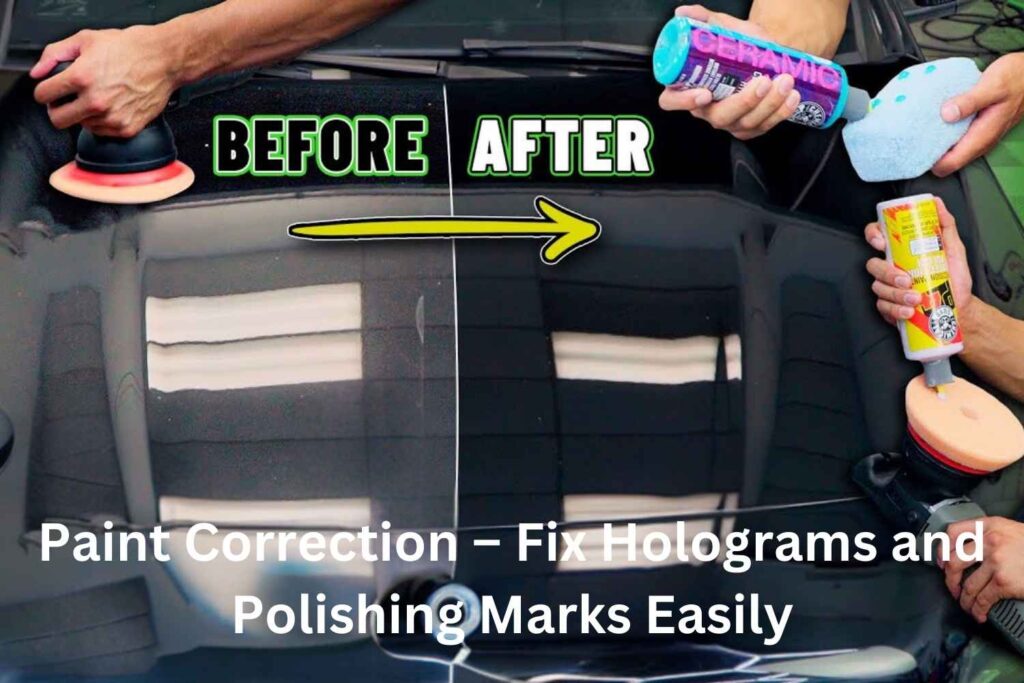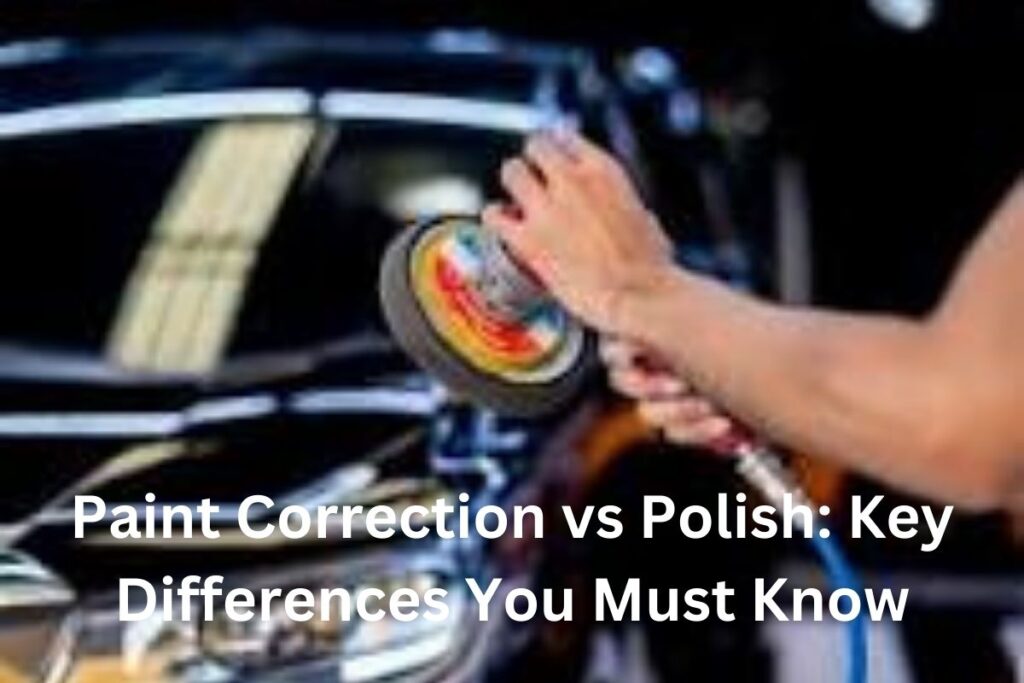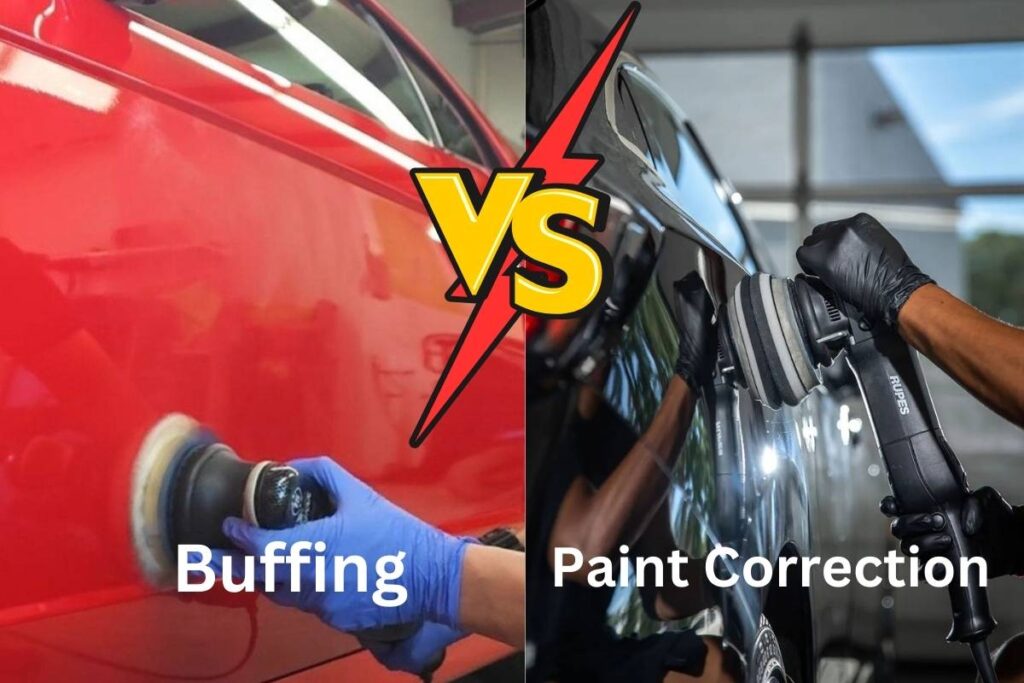I’ve spent countless weekends polishing, buffing, and protecting my car’s paint. Through this, I’ve learned how important it is to choose the right product. Protecting your car’s paint isn’t just about making it look good; it’s about safeguarding one of your biggest investments.
So, you might wonder, which is better: Car Paint Sealant or Wax?
I’ve asked myself the same question. After using both products many times, I’ve come to understand their differences and similarities. This guide will help you learn about each option, how they work, and how to pick the best one for your car.
Table of Contents
ToggleUnderstanding Car Paint Sealant
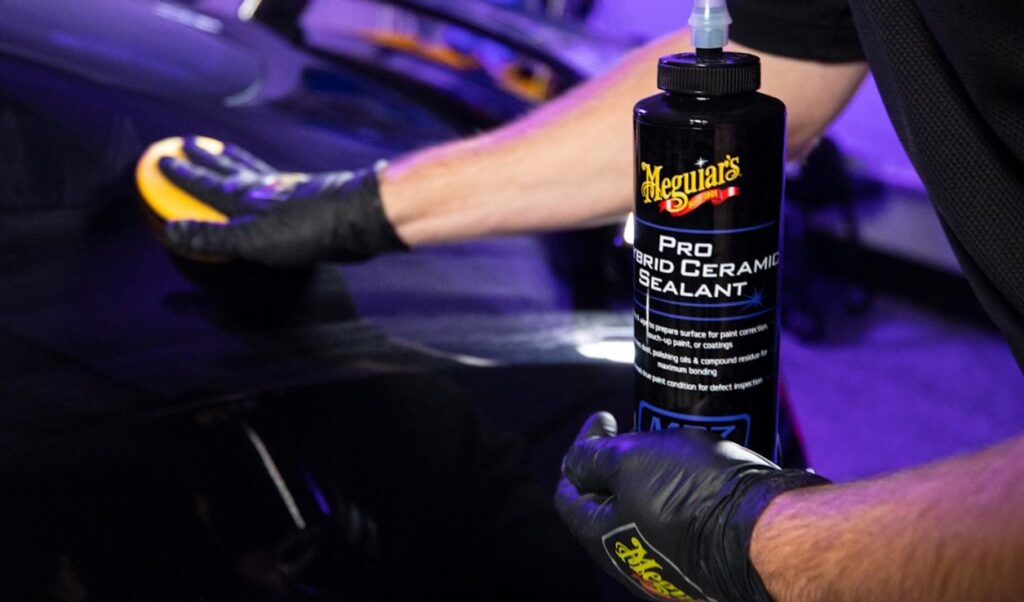
Let’s start with the basics: what is a car paint sealant? You’ve probably heard this term in car care talks, but what does it actually mean?
A car paint sealant is a product made to protect your car’s paint. Unlike wax, which comes from natural substances like carnauba, sealants are synthetic. They are made from man-made polymers and resins that bond with your car’s paint. This creates a shield against things like UV rays, dirt, bird droppings, and other elements.
Now, let’s dive into the different types of sealants. Polymer-based sealants are the most popular. They are known for lasting a long time, usually between six months to a year, depending on your car’s environment. Then there are acrylic-based sealants, which give your car a shiny, high-gloss finish while offering strong protection. Finally, some sealants include ceramics. These have special properties that make water bead up and roll off your car effortlessly.
When I first tried using a paint sealant, I was doubtful. The idea that a synthetic product could protect my car’s paint better than wax seemed unlikely. But after using it for a few months, I was convinced. My car’s paint stayed shiny and untouched by the sun and rain. The sealant formed a strong barrier, and I noticed that dirt and water would just slide off every time I washed my car.
Understanding Car Wax
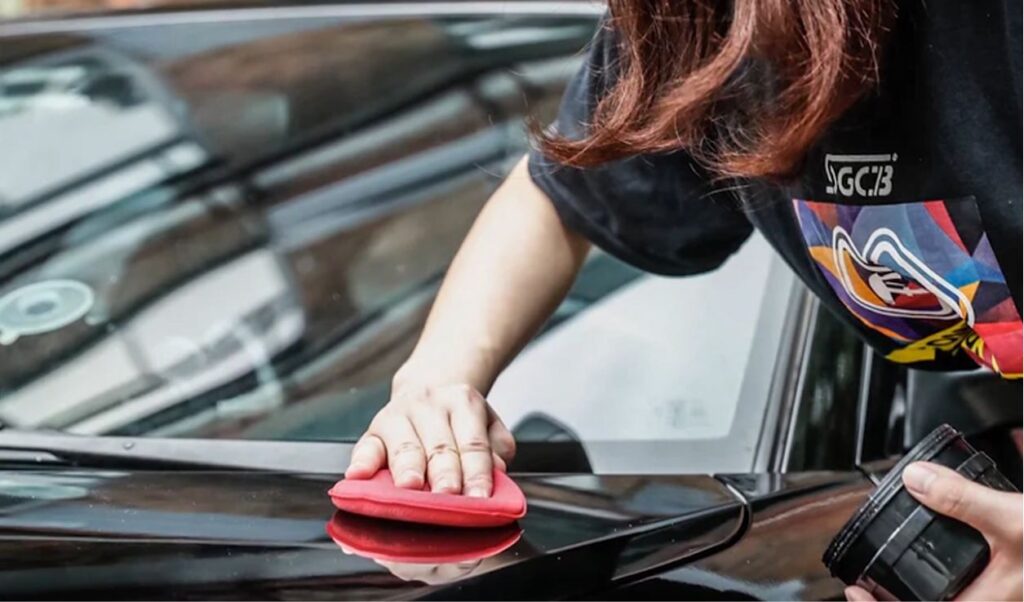
So, what about car wax? Unlike paint sealant, car wax has been around for decades. It’s a favorite among car lovers, and for good reason.
Car wax is usually made from natural waxes like carnauba, though synthetic options exist. The main purpose of wax is to protect your car’s paint and enhance its shine. Carnauba wax is especially known for giving a deep, warm glow, making your car’s paint look almost wet.
There are different types of car waxes. Paste wax is the traditional choice. It comes in a tub and needs to be applied by hand. It gives the richest shine but requires some effort to use. Liquid wax is easier to apply but doesn’t last as long as paste wax. Spray wax is the fastest to apply. It’s perfect for touch-ups but offers the least protection.
I’ve used all three types, and each has its benefits. Paste wax is my top pick when prepping my car for a special event. It’s satisfying to buff it on and see that deep shine. Liquid wax is great when I’m in a hurry but still want good protection. Spray wax is my go-to for quick touch-ups between major wax jobs.
Here’s the catch—while wax gives your car an amazing shine, it doesn’t last as long as a paint sealant. In my experience, wax wears off after a few months, especially if your car faces the elements. This means you’ll need to reapply it more often to keep that fresh look.
Car Paint Sealant vs Wax: Key Differences
Now that we know what paint sealant and wax are, let’s look at the key differences between them.
Composition and Ingredients
The biggest difference is what they are made of. Car paint sealants are synthetic, and made from man-made materials like polymers and resins. These materials bond with the car’s paint at a deep level, which makes them last longer. Car wax can be natural or synthetic. Carnauba wax is the most popular natural choice. It gives your car a warm shine but doesn’t last as long as a sealant.
Durability
This is where car paint sealant really stands out. Sealants can last from six months to a year, depending on the weather and how often you wash your car. Car wax, however, usually lasts only one to three months. Some synthetic waxes last a bit longer, but they still don’t match the durability of a good sealant.
Finish and Shine
If you want that classic, deep, wet-look shine, car wax is the way to go. It works best on dark colors like black or deep blue, making the paint really stand out. Car paint sealants, on the other hand, give a glossy, mirror-like finish. It’s a more modern, sleek look. While some say sealants lack the warmth of wax, I’ve grown to love the clean, polished look they give.
Ease of Application
Car wax is generally easier to apply, especially in liquid or spray form. Paste wax takes more effort but can be very satisfying for those who enjoy the process. Paint sealants, especially polymer-based ones, need more preparation. The car’s surface must be clean and free of dirt, or the sealant won’t stick properly. However, once applied, sealants need less upkeep.
Protection Capabilities
When it comes to protection, car paint sealants are the better choice. They protect your car from UV rays, water, dirt, and other environmental threats. Wax does offer good protection, but it’s not as strong as a sealant. If you live in an area with tough weather, a sealant might be the better option.
How to Choose Between Car Paint Sealant vs Wax
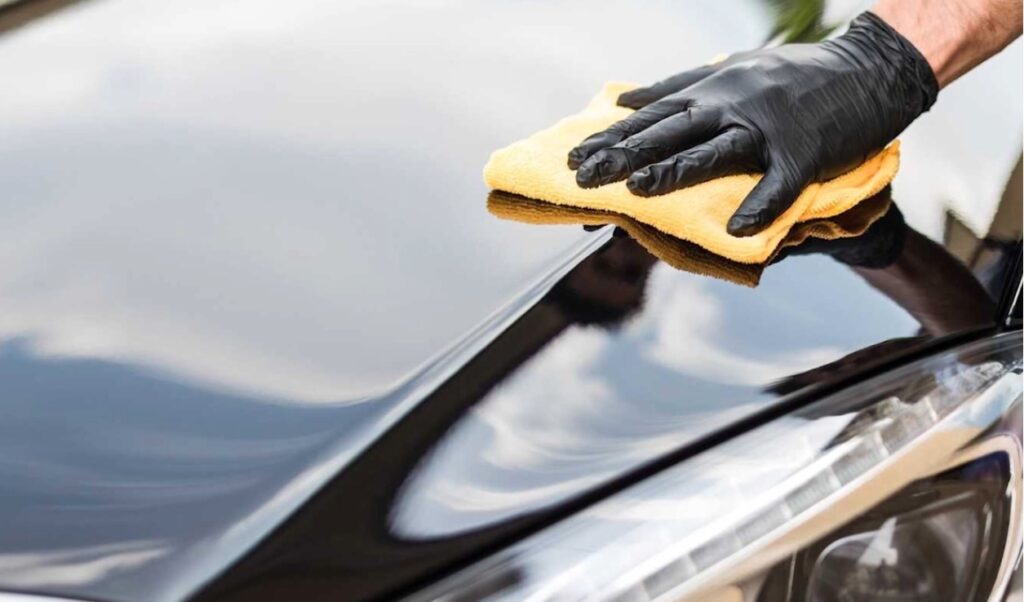
How do you choose between car paint sealant and wax? It depends on what you need and prefer.
Vehicle Type
If you have a new car and want to keep it looking fresh, a paint sealant is a good choice. It offers long-lasting protection and keeps your car looking new for longer. But if you have a classic or show car, wax might be more appealing. The warm glow from wax can make vintage cars look stunning.
Environmental Conditions
Where you live matters too. If your car is often exposed to harsh sunlight, heavy rain, or snow, a paint sealant will protect it better. Wax can still protect your car, but you might need to apply it more often to keep the same level of protection.
Maintenance Preferences
Do you enjoy spending weekends caring for your car? If so, wax might be perfect for you. The process of applying and buffing wax can be relaxing, and the results are rewarding. But if you prefer less maintenance, a paint sealant might be better. Once applied, it needs less upkeep, giving you more free time.
Personal Preferences
Your personal taste is important too. Do you like the warm, deep shine of carnauba wax, or do you prefer the sleek, glossy finish of a paint sealant? There’s no right or wrong answer—it’s all about how you want your car to look.
Budget
Finally, think about your budget. Paint sealants are often more expensive at first, but they last longer, so you might save money over time. Car wax, especially high-quality carnauba wax, can also be pricey. However, because it needs more maintenance, it might cost more in the long run if you have to apply it often.
Application Guide: How to Apply Car Paint Sealant vs Wax
Let’s talk about the application process. Even the best products won’t work well if not applied correctly. I’ve made mistakes before, so here’s a simple guide to help you get it right.
Preparing the Surface
Before applying anything, your car’s surface must be very clean. This means more than just a quick wash—you need to remove all dirt. If there’s grime, tar, or old wax, the new product won’t stick well.
Start by washing your car with a pH-balanced shampoo to remove dirt. Then, use a clay bar to lift any stuck-on contaminants. This step takes time, but it’s worth the effort.
Applying Paint Sealant
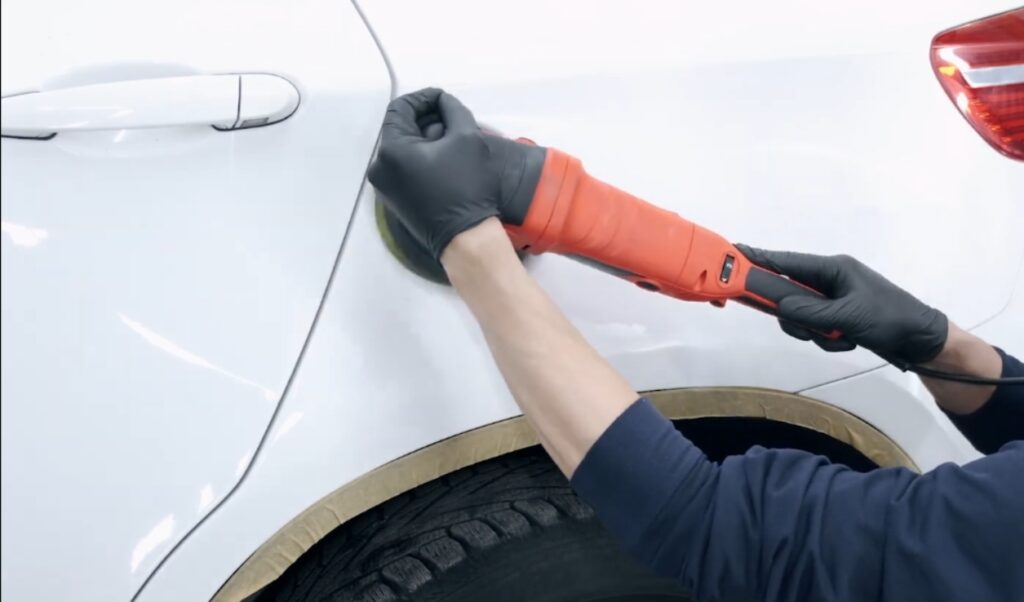
Precision is key when applying paint sealant. Here’s how to do it:
Tools Needed: You’ll need a microfiber applicator pad, your chosen paint sealant, and a clean microfiber cloth for buffing.
Application: Put a small amount of sealant on the pad. Work in small sections, spreading it evenly in a thin layer. Don’t use too much—less is more, and using too much can make it harder to buff out later.
Curing Time: Let the sealant cure according to the instructions. This usually takes 15-30 minutes, but some products may need more time.
Buffing: After it cures, use a clean microfiber cloth to buff the sealant to a high gloss.
Applying Car Wax
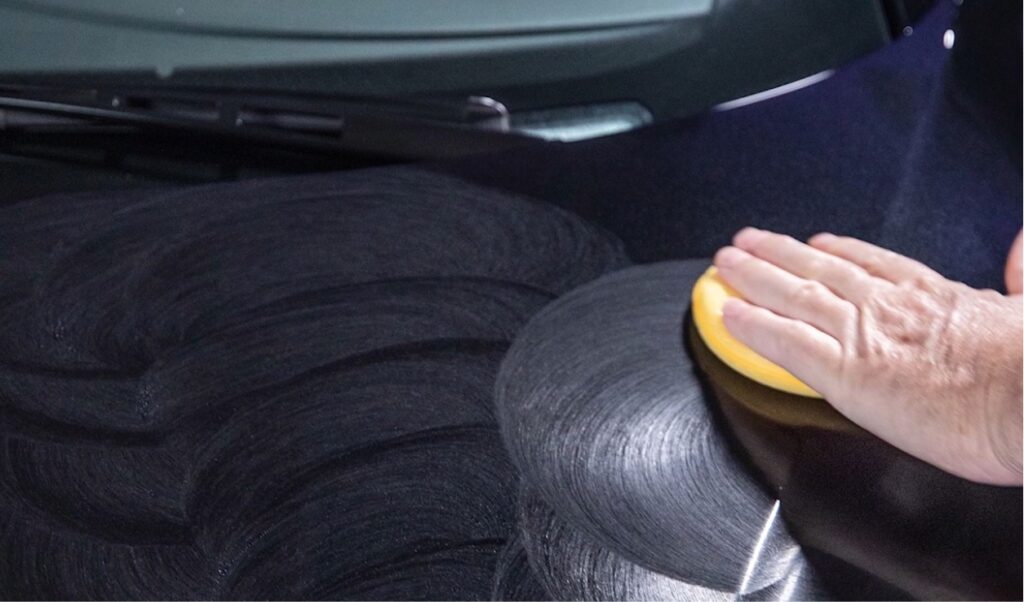
Waxing is a bit easier, but you still need to be careful:
Tools Needed: Depending on the type of wax, you’ll need either a foam applicator (for paste wax), a microfiber cloth (for liquid wax), or a spray bottle (for spray wax).
Application: For paste wax, scoop a small amount onto the applicator and spread it in circular motions. For liquid wax, apply a few drops to a microfiber cloth and spread it evenly. Spray wax is the simplest—just spray it on and wipe it off with a cloth.
Buffing: Like with sealant, buff the wax after it dries to a haze. This will bring out the rich shine wax is known for.
Post-Application Care
After applying sealant or wax, it’s important to maintain it. Don’t wash your car for at least 24 hours to let the product set. When you do wash it, use a gentle shampoo and soft cloth to avoid removing the protective layer. With a little care, your car will stay protected and look great for months.
Maintenance and Reapplication Tips
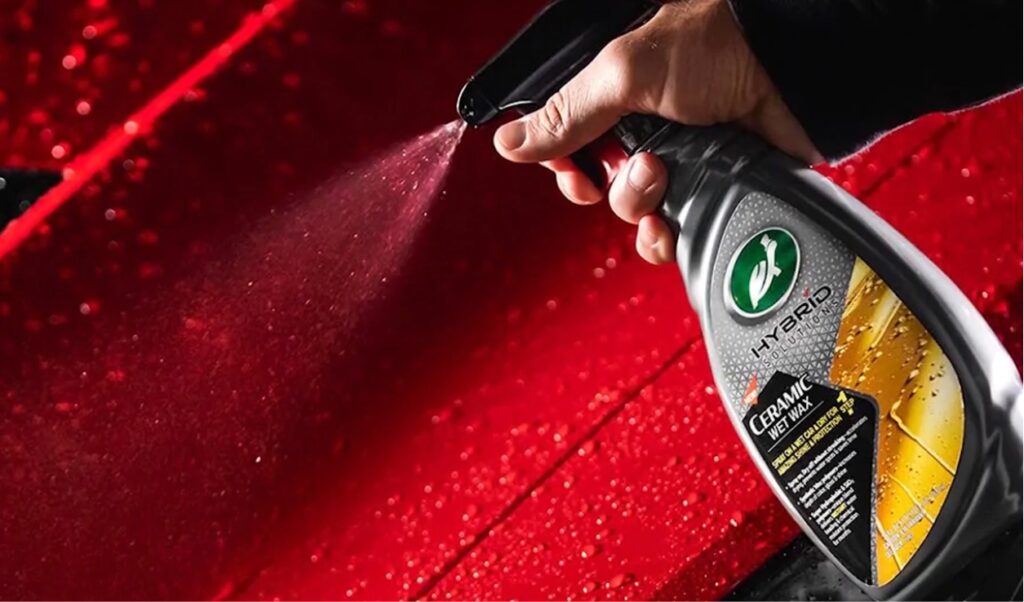
I’ve learned that regular maintenance is key to keeping your car looking fresh between major detailing sessions. Here’s my routine:
When to Reapply
It’s important to know when to reapply wax or sealant. For wax, the rule is usually every 1-3 months. You’ll know it’s time when water doesn’t bead up on the surface as well as it used to. Paint sealants last longer, about 6-12 months. If you see the shine fading or notice dirt sticking more, it’s time for another coat.
Maintenance Routines
Washing your car regularly helps maintain the protective layer. Use a pH-balanced shampoo and a microfiber wash mitt to clean the surface gently without removing the wax or sealant. I also suggest using a spray wax or quick detailer between washes to boost shine and protection.
Tips for Long-Lasting Protection
Avoid harsh chemicals and automatic car washes with stiff brushes—they can damage your car. Instead, use soft microfiber towels and foam applicators for all your car care needs. Also, try to park your car in the shade or a garage to protect it from UV rays and environmental damage.
Common Myths and Misconceptions
There are many myths about car care. Here are some I’ve come across and the truth behind them:
Myth 1: Sealant Damages Paint
This is not true. Paint sealants are made to bond with your car’s paint, not harm it. In fact, they protect it from the elements. Just apply it correctly, and your paint will be safe.
Myth 2: Wax Offers Better Protection
While wax does provide good protection, sealants generally offer stronger, longer-lasting defense against UV rays, water, and dirt. Wax mainly enhances your car’s shine.
Myth 3: You Can’t Use Both
You can definitely use both sealant and wax. Doing so gives you the best of both worlds: protection and a great finish. Apply the sealant first, let it cure, and then add a layer of wax.
Conclusion
Choosing between car paint sealant and wax depends on your needs, preferences, and how much time you want to spend keeping your car looking good. Both products have their benefits—sealants offer long-lasting protection, while waxes give a deep, rich shine. I’ve found that using both together works best, but the choice is yours.
Whatever you decide, the main thing is that you’re protecting your car’s paint. A little effort goes a long way in keeping your vehicle looking new for years. So, get ready, grab your favorite product, and give your car the care it deserves.
FAQs: Car Paint Sealant vs Wax
Can I Apply Wax Over the Sealant?
Yes, you can. Wax over sealant gives you both the durability of the sealant and the shine of the wax. It’s a win-win.
Which Product is Best for Black Cars?
For black cars, carnauba wax is the best choice. It makes the paint look deeper and gives it a glossy, wet appearance that stands out.
How Long Should I Wait Between Applications?
You should reapply wax every 1-3 months. For sealants, reapply every 6-12 months, depending on your environment and how often you wash your car. Is There a Product That Combines Both?
Yes, some products combine the benefits of both wax and sealant. These are often called hybrid waxes or ceramic-infused sealants. They’re a great option for those looking for an all-in-one solution.

